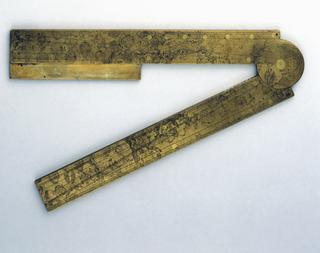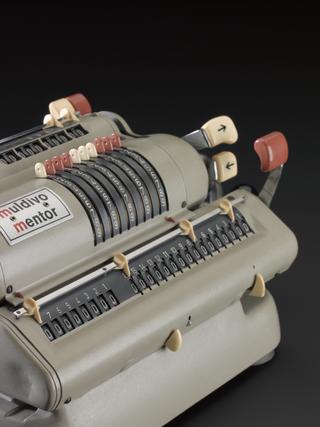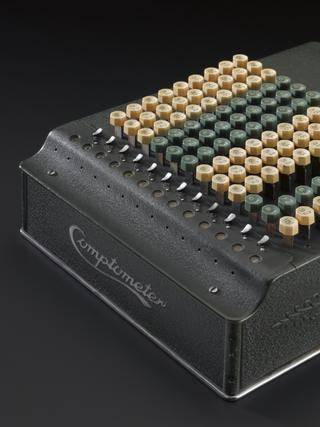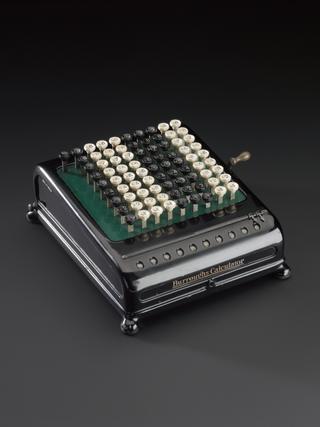
Ruler
- Made:
- 1860-1880 in Manchester
- maker:
- John Benjamin Dancer



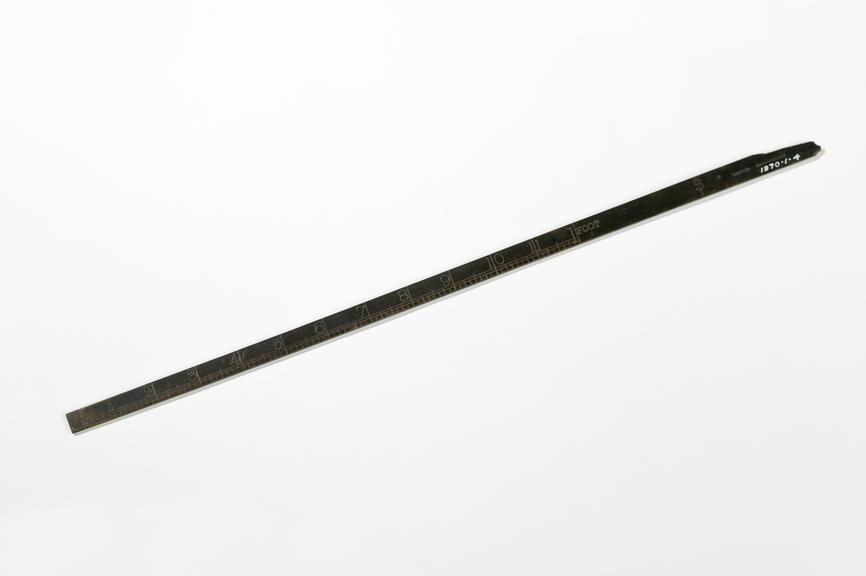
Ebonised ruler, made by John Benjamin Dancer, 1860-1880.
Despite their everyday nature, rulers are an important technology. Everyone estimate distances differently, so who is to say how long something is? A ruler is a simple tool to precisely measure short distances in a standard way that is the same no matter who measures it. Throughout history different cultures have relied on devices like rulers, but in a variety of different units of measurement. For example, measuring rods were used in ancient Egypt, in a standard length called the ‘cubit’. The cubit was based on the distance from the elbow to the fingertips of a tall man, and divided up into smaller units based on palms. Laws were made to ensure the cubit was the same length everywhere in Egypt.
This particular 12-inch ruler dates from around 1860 – 1880 and uses Imperial units, which were standardised across Britain in 1826 (though based on much older units with the same names) and widely used around the world, even today. It was made by J B Dancer, a noted Manchester-based optician and maker of scientific instruments, such as microscope. It is made of ebonised wood, a cheaper wood that has been chemically treated to make it look like more expensive ebony wood, helping to turn a functional object into something more decorative too.
Details
- Category:
- Mathematics
- Object Number:
- Y1970.1.4
- Materials:
- metal (unknown) and wood (unidentified)
- Measurements:
-
overall: 3 mm x 455 mm x 12 mm,
- type:
- ruler
- credit:
- Gift of University of Manchester Institute of Science & Technology
